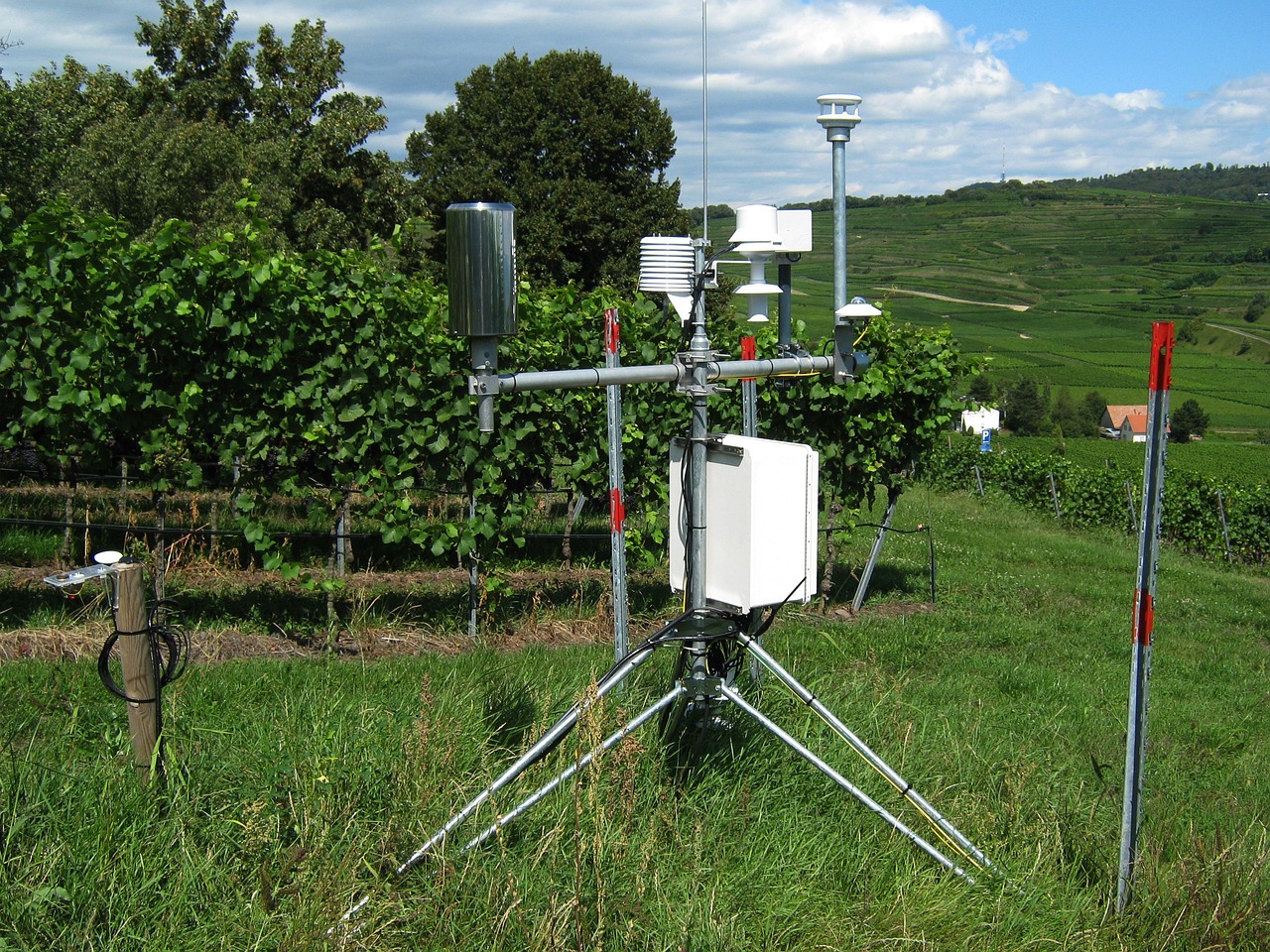云南气象水文监测
In Yunnan province, China, meteorological and hydrological monitoring is essential for understanding and predicting natural disasters such as droughts and floods. The monitoring stations in Yunnan are equipped with advanced technology to measure and record atmospheric pressure, temperature, humidity, and other important parameters. The data collected from these stations is analyzed to provide accurate weather forecasts and warnings of potential natural disasters. The monitoring system in Yunnan is a crucial part of the country's efforts to protect its environment and reduce the impact of natural disasters on its citizens.
Monitoring and Hydrological Observation in Yunnan Province
Yunnan province, located in the southwest of China, has a complex and diverse climate and hydrological environment. The province experiences significant spatial and temporal variations in precipitation, temperature, and humidity, which make it challenging to monitor and predict. The Hydrological Observation and Monitoring Network in Yunnan Province plays a crucial role in understanding the province’s water resources and climate change impact.
The network consists of a series of stations that measure and record water levels, flow rates, and other hydrological parameters. These stations are located throughout the province, including in major rivers, lakes, and reservoirs. The data collected by these stations is crucial for understanding the province’s water resources and managing water-related disasters. The network also includes a series of meteorological stations that measure and record weather conditions such as temperature, humidity, and wind speed.

The data from these stations is used to generate weather forecasts and warnings that help people in Yunnan province to make informed decisions about their daily lives. The Hydrological Observation and Monitoring Network also includes a series of automatic data logging stations that continuously measure and record water and weather conditions. These stations are equipped with modern sensors and data logging devices that can store large amounts of data for later analysis. The data from these stations is particularly useful for understanding long-term changes in water resources and climate patterns.
In addition to the Hydrological Observation and Monitoring Network, Yunnan province also operates a series of other meteorological and hydrological monitoring programs. These programs include monitoring of soil moisture, evaporation, and other related parameters. The data from these programs is used to generate agricultural forecasts, manage water resources, and mitigate the impact of climate change on the province’s environment. The Yunnan province government also provides support to these monitoring networks by providing necessary funding and technical support. The government recognizes the importance of these networks in protecting the environment, managing water resources, and mitigating the impact of climate change.
In conclusion, the Hydrological Observation and Monitoring Network in Yunnan Province plays a crucial role in understanding the province’s water resources and climate change impact. The network consists of a series of stations that measure and record water levels, flow rates, and other hydrological parameters, as well as meteorological stations that measure weather conditions such as temperature, humidity, and wind speed. The data from these stations is particularly useful for generating weather forecasts, managing water resources, and mitigating the impact of climate change on the province’s environment.
Articles related to the knowledge points of this article:
Title: A Comprehensive Guide to Optimizing Hydrological Monitoring Stations
Title: The Remuneration and Working Conditions of the Hydrological Monitoring and Exploration Bureau
Hydrological Monitoring Sites: Key Location for Understanding Water Resources
Hydrological Monitoring: The Importance of Continuous Water Quality Assessment